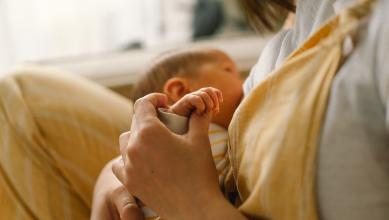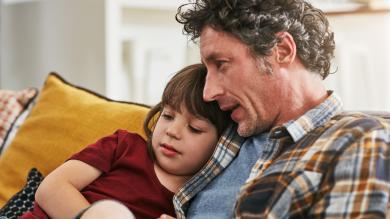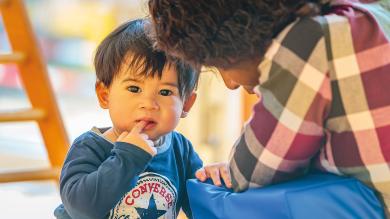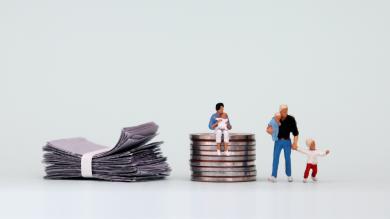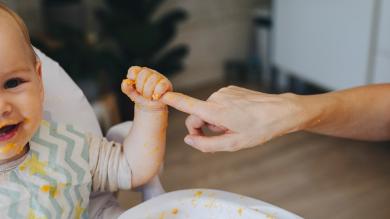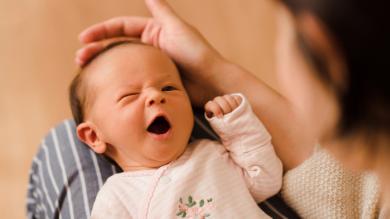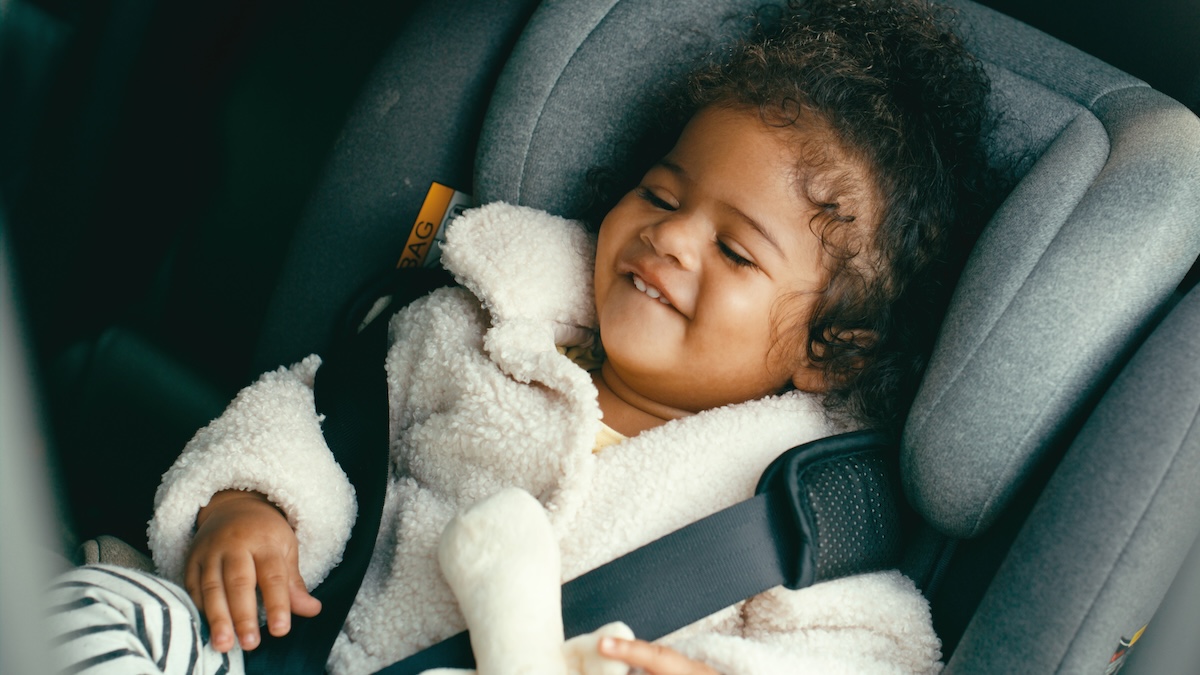
Child safety at home and on the move
Babies and toddlers discover the world with great interest and natural curiosity. They reach for objects, explore their surroundings and imitate adults. However, they lack an awareness of dangers. Numerous risks lurk in the home environment in particular, which are often underestimated. Special care is also required when out and about, whether in the car, on a bike or on foot. However, you as parents can prevent many accidents by taking targeted safety measures and using the right equipment.
Security at home
According to a study by the Bundesarbeitsgemeinschaft Mehr Sicherheit für Kinder e.V., around 60 percent of accidents involving children occur in the home environment. However, many of these accidents can be avoided by taking suitable protective measures.
Your own four walls should therefore be designed in such a way that potential sources of danger are reduced. There is an increased risk of accidents in the following areas:
Kitchen
Hot hobs, sharp knives and cleaning products pose great dangers. Child safety locks on drawers and cupboard doors prevent access to dangerous objects. A stove guard reduces the risk of burns. There should also be an anti-tip device for electrical appliances.
Bathroom
Non-slip bath mats and a cover for the tap minimize the risk of accidents. In addition, cleaning products and medicines should always be stored in lockable cupboards. A thermostat on the tap prevents scalding.
Living room
Sharp-edged furniture poses a high risk of injury. Corner and edge protectors provide additional safety. Socket fuses are essential to prevent electrical accidents. Free-standing shelves should be secured to the wall to prevent them from tipping over.
Stairs
Stair gates offer protection against falls. It is also advisable to use non-slip floor coverings to further reduce the risk of accidents.
Children's room
Toys with small parts that can be swallowed should definitely be discarded. As a study by Stiftung Warentest showed, some toys contain plasticizers that are harmful to health. Parents should therefore look out for test seals such as the GS mark. The consumer advice center also provides information on how to recognize toys without harmful substances.
In addition to these measures, it is essential to ensure that plastic bags and poisonous plants are kept out of reach of your children.
Safety on the road

You should take special precautions when out and about with babies and small children. Different safety aspects apply depending on the means of transportation.
Car
Child seats are required by law and must comply with the current ECE R129 (i-Size) or ECE R44/04 standard .
Rear-facing seats offer the best protection in the first few years of life. It is also important to ensure that the seat belts are correctly fastened and the seat is correctly installed. According to an ADAC study, every third child is not properly secured in the car.
Bicycle
A child bicycle seat or bicycle trailer should comply with the applicable safety standards. Even though helmets are not compulsory in Germany, children should always wear a helmet. Parents should ride with foresight and avoid busy roads. The ADFC recommends special trailers with five-point harness systems for additional protection.
Baby carriage
A stable and well-secured baby carriage is essential. Models with a fixed parking brake and a sturdy five-point harness system offer optimum protection. The harness should always remain fastened when pushing. A sunshade attachment with UV protection provides additional safety.
On foot
When walking, it is important that children are led by the hand, especially near roads. Reflective clothing ensures better visibility, especially at dusk.
Important child safety products
Whether strollers, infant carriers or other accessories - there are many products that increase the protection of babies and toddlers.
The most important of these include:
- Child seats: The legal requirements stipulate that children up to a height of 150 cm or an age of 12 years must be secured in a suitable child seat. Models with ISOFIX fastening offer greater stability.
- Baby carriages: Models tested in accordance with the EN 1888 standard guarantee high safety standards. A stable design, a secure harness system and a parking brake are important.
- Stair gate: These prevent falls and should be firmly anchored. There are models with a screw or clamp mechanism that can be individually adjusted.
- Socket fuses: They prevent children from coming into contact with electricity and should be present in every household with small children.
- Protective grilles for stoves and windows: these reduce the risk of burns and falls from greater heights.
The Federal Center for Health Education (BZgA) also recommends introducing children to safety rules at an early age in order to create awareness of the dangers. A child-safe environment and attentive supervision are the best measures to prevent accidents.




